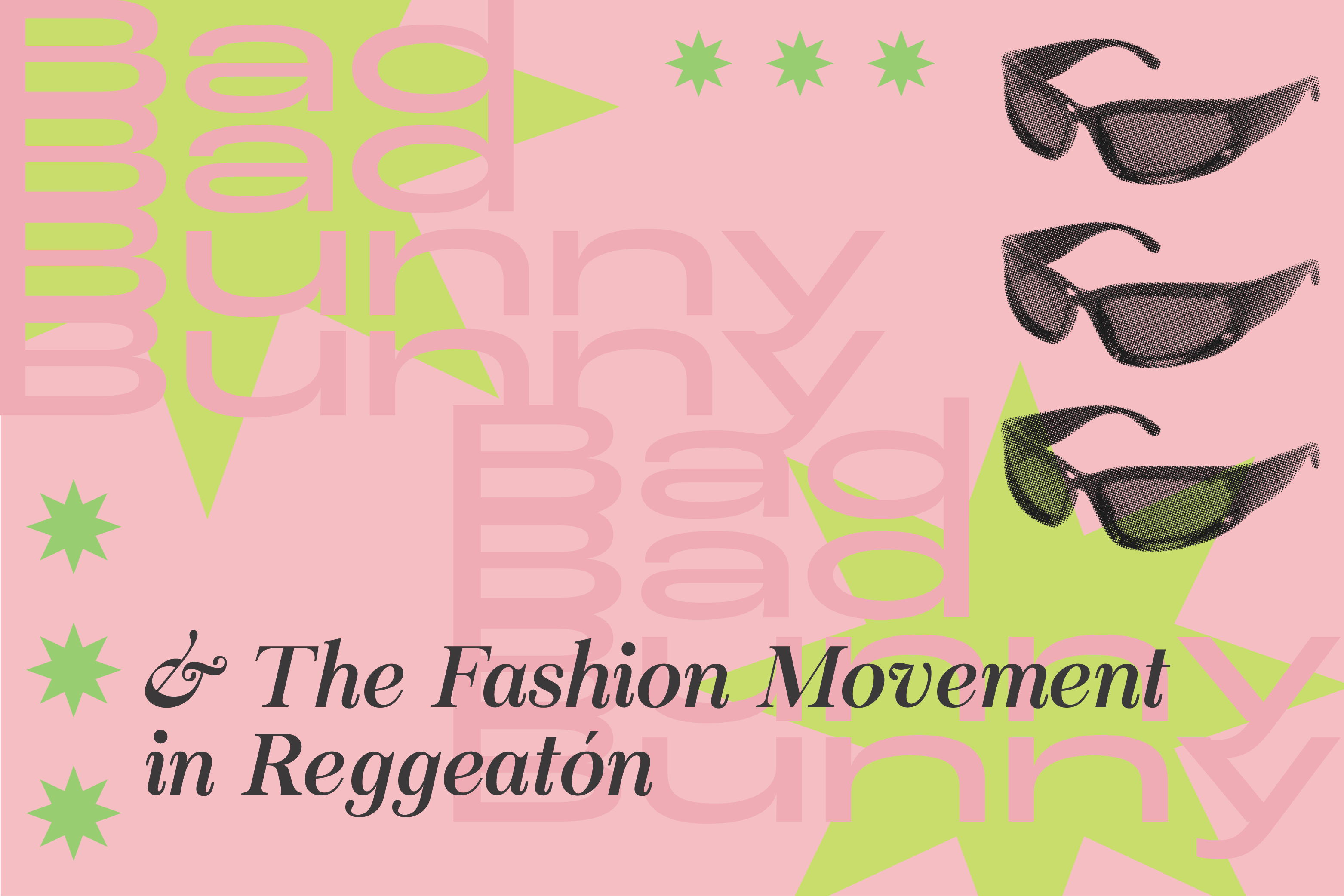This year, Bad Bunny released his biggest album yet, Un Verano Sin Ti, which debuted at number 1 on the US Billboard top 200 (his second album to achieve this) and allowed him to begin touring stadiums. Reggaetón hasn’t always been as mainstream in America as it is now and Bad Bunny has, in my opinion, led this recent movement. So, how is he so successful in the United States with little to no support from non-Spanish-speaking Americans?
Bad Bunny, or Benito Antonio Martínez Ocasio, has something that is difficult to replicate, which is a passion for his community. He has been a light for marginalized groups within the Latinx community and has helped so many be seen and heard. Inclusivity is the foundation of his brand, and it’s evident through his music videos, his dance team, and the demographic of his shows. His gift for challenging norms has been felt in music and fashion, as his name has been on every cover you can think of: Allure, GQ, Harper’s Bazaar, Vogue, and more. He’s been photographed wearing nail polish, skirts, dresses, and pearls. Although he isn’t the first to do so, he is the most prominent- especially in the reggaetón category. Most would consider femininity and fluidness a risk in a male-dominated and often machista industry, but his authenticity has catapulted him into the phenomenon he is today.
Truly, the genre has been begging for someone to diversify it, and Benito has taken that upon himself. In the past, when people think of reggaetoneros, they don’t really think of fashion, but Bad Bunny and his stylist, Storm Pablo, have pushed it since the beginning of his career and forced the genre to innovate. This year, Benito was dressed in a custom cream-colored Burberry boilersuit inspired by the Gilded Age in Puerto Rico for his first Met Gala. He paired this androgynous look with an updo and gorgeous bejeweled hair accessories. Two years before this, he appeared on The Tonight Show in a black pleated skirt and a shirt that read, “They killed ALEXA, not a man in a skirt,” sending a powerful message about a trans woman who was wrongfully murdered in the act of hate in Puerto Rico. These looks, among others, have showcased Benito’s ability to intentionally mix fashion and consciousness in a remarkable way.
On a more personal note, I feel so proud to have someone from my island that cares about making a difference. Through music and fashion, he has managed to use one of the biggest platforms in the world to speak on LGBTQIA+ rights, gentrification, and other issues unique to Puerto Rico. Even if you’ve never heard a song, make sure to keep Bad Bunny on your radar, as this is just the beginning of his legacy.
Words by Beth Rodriguez.
Graphic by Ashlyn Warner.

